WORDS LIM TECK CHOON
On September 15 2022, our Minister of Health YB Tuan Khairy Jamaluddin officiated the launch of Healthy Little Bloomers programme and the roll-out of its maiden campaign Junior Germ Busters.
The Healthy Little Bloomers programme aims to promote child health, safety and well-being through a network more than 30,000 early childhood care and education centres nationwide, potentially benefiting more than 800,000 children.
This is an initiative led by the Malaysian Paediatric Association (MPA) in collaboration with 10 prominent early childhood care and education organisations from both private and government sectors. These organisations are Jabatan Kemajuan Masyarakat (KEMAS), ECCE Council, Malaysian Association of Professional Early Childhood Educators (MAPECE), Persatuan Tadika Malaysia (PTM), Jabatan Kebajikan Masyarakat (JKM), Persatuan Pengasuh Berdaftar Malaysia (PPBM), National Association of Special Education, Malaysia (PPKK), Majlis Kebajikan Kanak-Kanak Malaysia (MKKM), Persatuan Tadika Sabah (PTS) and Association of Kindergarten Operators Sarawak (AKO).
In his speech during the launch, YB Tuan Khairy highlighted the following: |
|
PROGRAMME IN STEP & LINE WITH MALAYSIAN GOVERNMENT DEVELOPMENT GOALS
YB Tuan Khairy is pleased with the launch of Healthy Little Bloomers because, as he puts it: “Children are the nation’s future. Therefore, addressing their health, safety and well-being needs holistically is one of the government’s key priorities. It has been part of the Malaysian government development goals since the 1960s and outlined in our latest Child Health 2021-2023 national framework”.
He applauds the campaign as an initiative that brings together MPA and partner organisations for bringing together medical professionals and early childhood care and education experts in a systematic and potentially long-term collaboration to help bring to fruition the goals of the government.
This is a vital programme as many young children spend most of their waking hours in kindergartens and children centres every week, abd studies have shown that health promotion intervention in kindergarten and childcare centres can be effective, especially if parental engagement is involved.
THE PROGRAMME IN MORE DETAIL
Professor Datuk Dr Zulkifli Ismail, Chairman of Healthy Little Bloomers, shares that the programme is meant to be cover all key domains and aspects of child health, safety and well-being in a holistic manner.
He further elaborates that the programme will take an annual thematic approach.
WHAT THE HEALTHY LITTLE BLOOMERS PROGRAMME OFFERS |
|
Visit healthylittlebloomers.my to get more information as well as free educational materials.

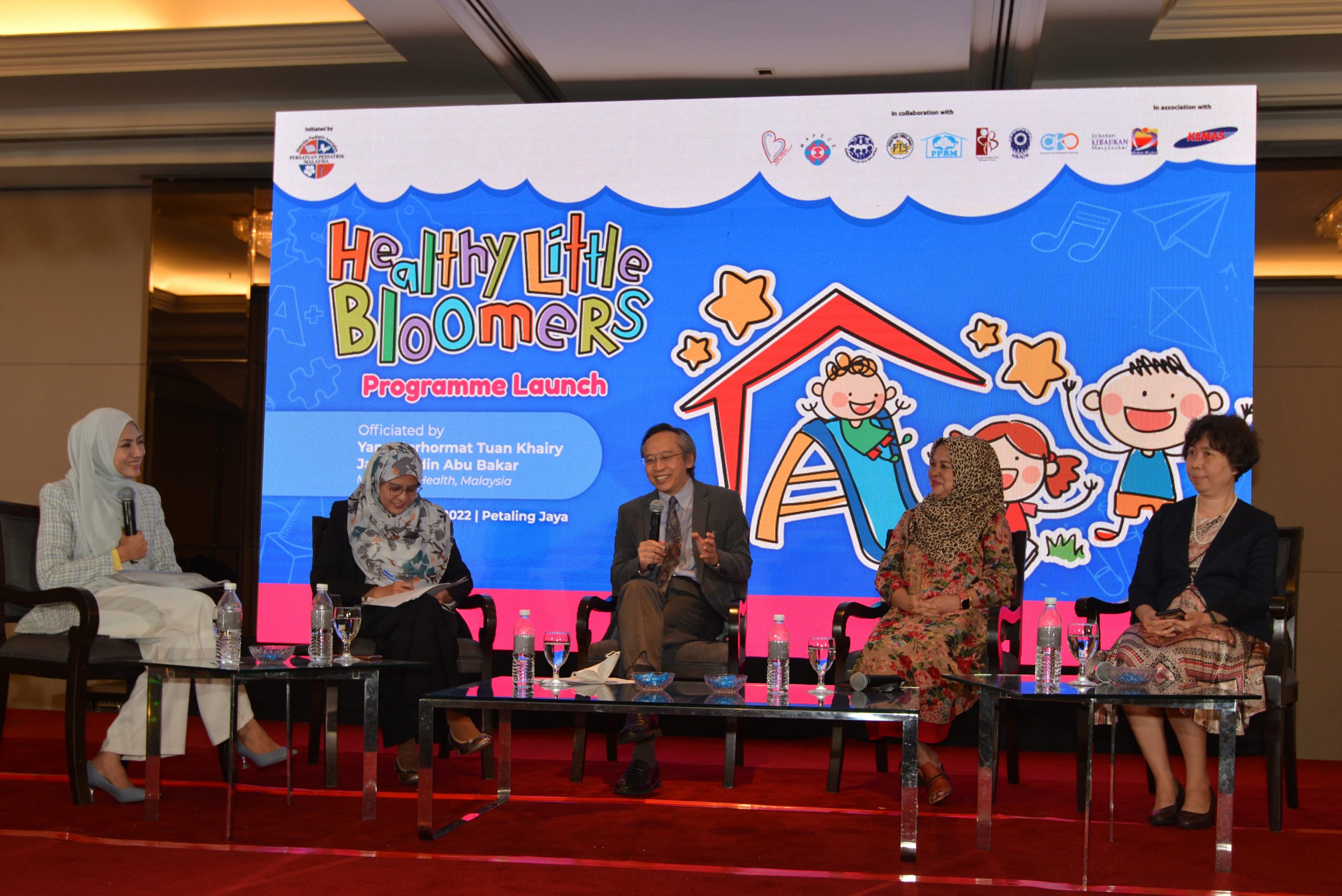



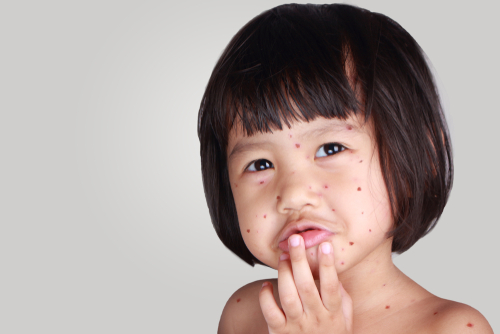
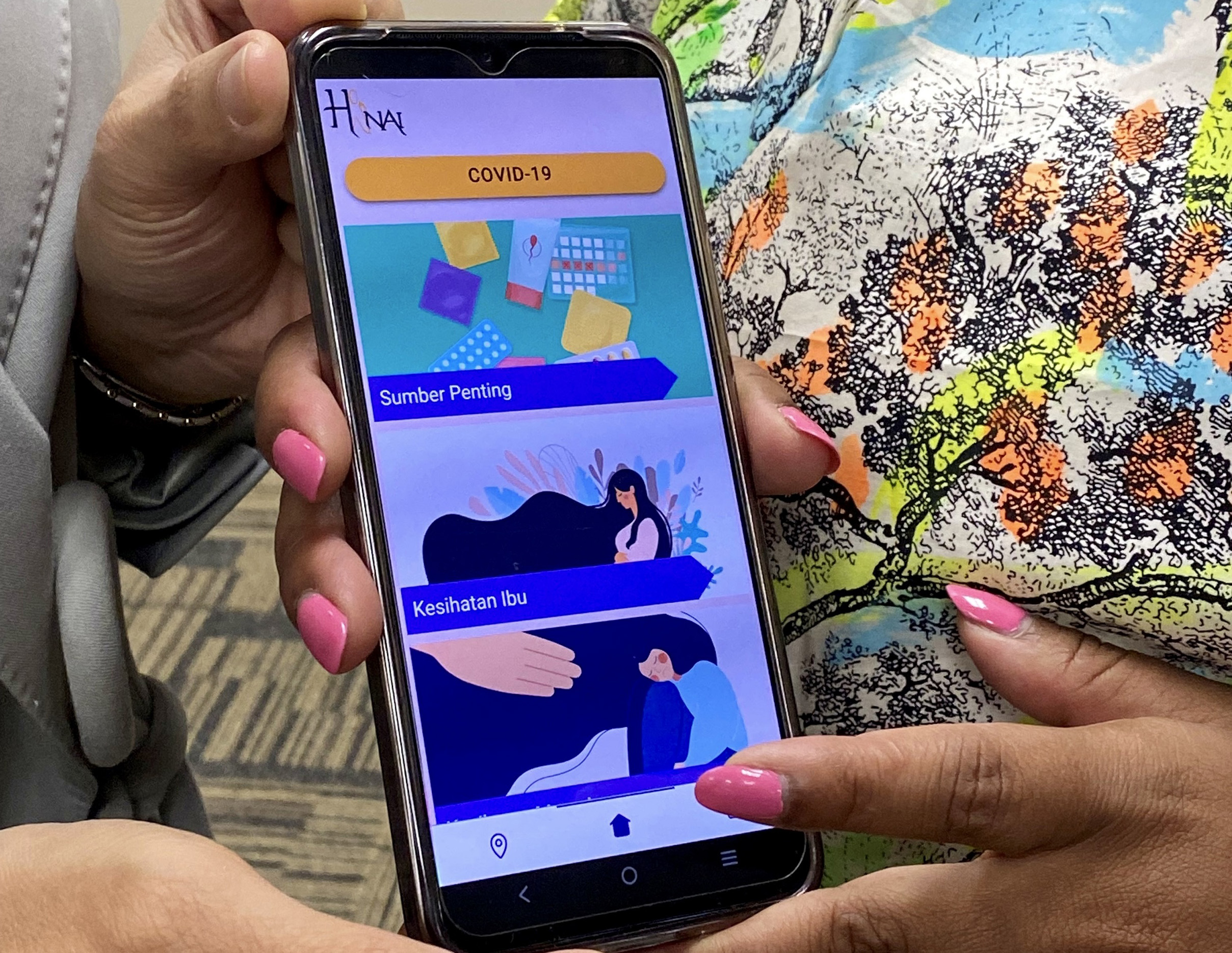
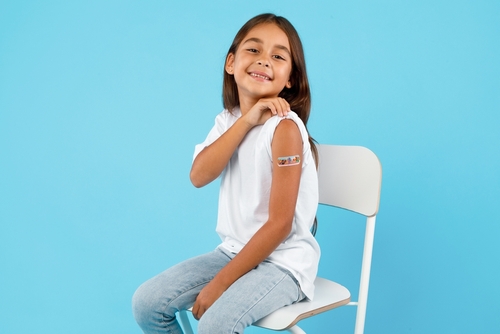
 FEATURED EXPERT
FEATURED EXPERT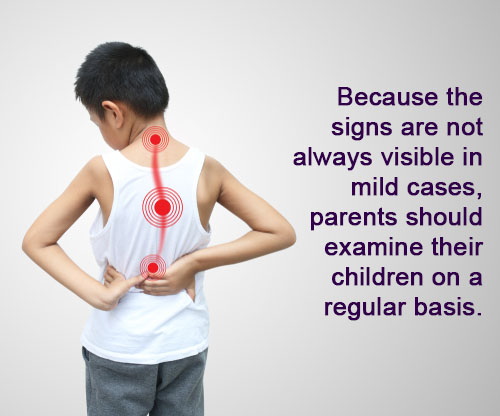
 FEATURED EXPERT
FEATURED EXPERT